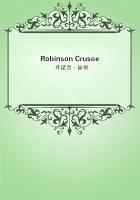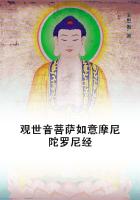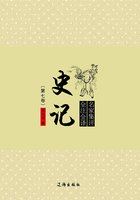As to the bubonic plague recently raging in Camptown, China, Mary Niles says that it was the same disease as the great London plague, and was characterized mainly by glandular enlargement. It had not appeared in the Canton district for forty years or more, though it was endemic in Yunnan. In some places it began in the winter; and as early as January she herself found the first case in Canton in an infected house. In no case was direct contagiousness found to exist. The glands enlarged twelve hours after the fever began, and sometimes suppurated in nonfatal cases in a short time. Kitasato has recently announced the discovery of the specific cause of the bubonic plague.
Sweating Sickness.--According to Hecker, very shortly after Henry's triumphant march from Bosworth Field, and his entry into the capital on August 8, 1485, the sweating sickness began its ravages among the people of the densely populated city. According to Lord Bacon the disease began about September 21st, and lasted to the end of October, 1485. The physicians could do little or nothing for the people, and seemed to take no account of the clinical history of the disease,--in this respect not unlike the Greek physicians who for four hundred years paid no attention to small-pox because they could find no description of it in the immortal works of Galen. The causes seemed to be uncleanliness, gluttony, immoderate drinking, and also severe inundations leaving decaying vegetation. Richmond's army has been considered a factor in the germination of the seeds of pestilent disorder which broke out soon after in the camps of Litchfield, and on the banks of the Severn.
Sweating sickness was an inflammatory rheumatic fever, with great disorder of the nervous system, and was characterized by a profuse and injurious perspiration. In the English epidemic the brain, meninges, and the nerves were affected in a peculiar manner. The functions of the pneumogastric nerves were violently disordered in this disease, as was shown by the oppressed respiration and extreme anxiety, with nausea and vomiting,--symptoms to which modern physicians attach much importance. The stupor and profound lethargy show that there was an injury to the brain, to which, in all probability, was added a stagnation of black blood in the torpid veins. Probably decomposing blood gave rise to the offensive odor of the person.
The function of the lungs was considerably impaired. The petechial fever in Italy in 1505 was a form of the sweating sickness. There were visitations in 1506 and in 1515 in England.
In 1517 the disease lasted full six months and reached its greatest height about six weeks after its appearance, but was apparently limited to England. Meningeal symptoms were characteristic of the third visitation of the disease. In 1528and 1529 there was a fourth visitation which resulted in the destruction of the French Army before Naples. It is said that in 1524 a petechial fever carried off 50,000 people in Milan, and possibly this was the same disease. In 1529 the disease had spread all over Europe, attended with great mortality.
Germany, France, and Italy were visited equally. The famine in Germany, at this time, is described by authorities in a tone of deep sympathy. Swabia, Lorraine, Alsace, and provinces on the border of the lower Rhine, were frightfully affected, so that the disease reached the same heights there as in France. In England Henry VIII endeavored to avoid the epidemic by continual traveling, until at last he grew tired of so unsettled a life and determined to await his destiny at Tytynhangar. It was not the inhabitants of the land alone who were affected, but even fish and the fowls of the air sickened. According to Schiller, in the neighborhood of Freiburg in Breisgau, dead birds were found scattered under the trees with boils as large as peas under their wings,--indicating among them a disease, and this extended far beyond the southern districts of the Rhine. The disease was undoubtedly of a miasmatic infectious nature, as was proved by its rapid spread and the occasional absence of a history of contagion. It was particularly favored in its development by high temperature and humidity.
The moral effect of the sweating sickness, similar to that of the black plague, was again to increase religious fanaticism and recreate the zeal of persecution.
On the 15th of April, 1551, there was an outbreak of the fifth and last epidemic of sweating fever in Shrewsbury, on the Severn.
With stinking mists it gradually spread all over England, and on the 9th of July it reached London. The mortality was very considerable. The English residents were particularly susceptible, foreigners being comparatively exempt. The epidemic terminated about the 30th of September. Since that time the sweating sickness has never reappeared in England; but in the beginning of the eighteenth century a disease very similar in symptoms and course broke out in Picardy, in Northern France.
Toward the end of the century it spread to the South of France, and since that time has appeared epidemically, 195 distinct outbreaks having been observed in the course of one hundred and sixty-nine years, from 1618 to 1787. The disease has frequently appeared in Italy since 1755, and in various parts of Germany since 1801. In Belgium it has been observed in a few places within the present century (Rohe).















